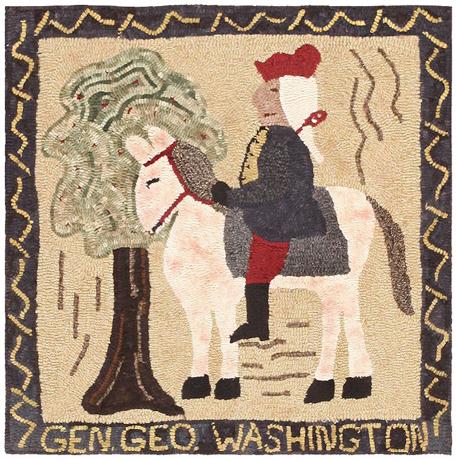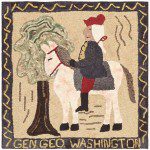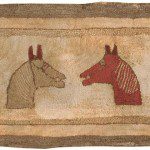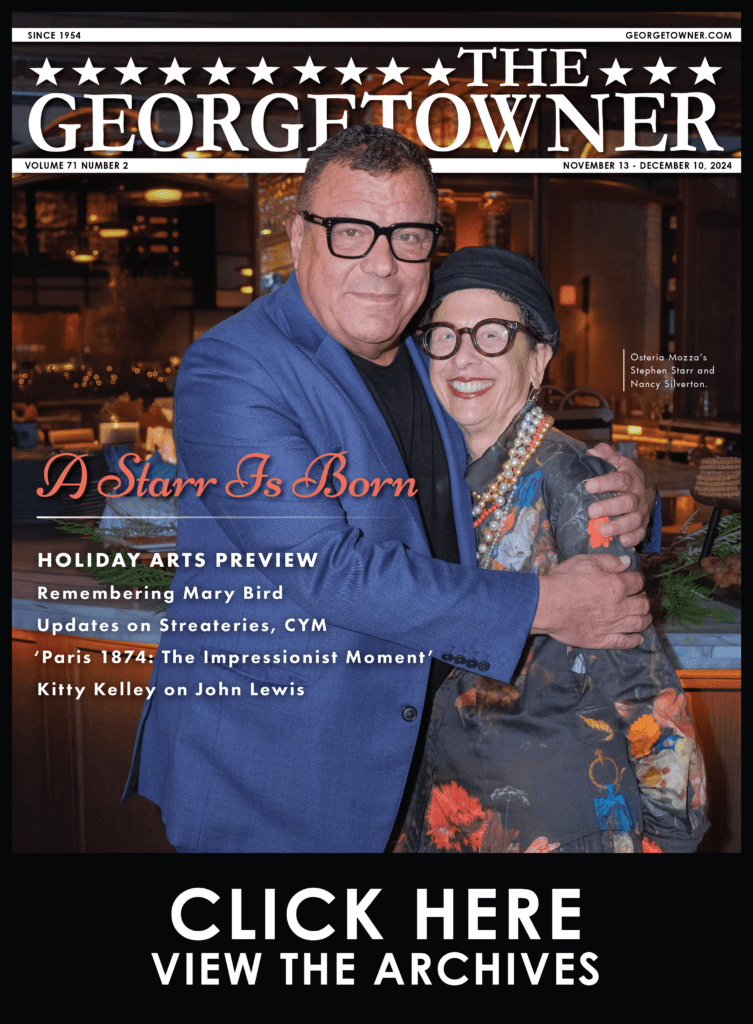The Antiques Addict: Hooked Rugs, America’s Indigenous Folk Art
By • January 29, 2015 0 2231

Early American hooked rugs were a craft of poverty. Prior to 1780, most floors in American homes were bare, especially among the poor. Painted floors or stenciled floor cloths were found in the homes of those who were slightly better off. Only the very wealthy had the means to import carpeting, since the American textile industry was in its infancy.
After 1830, as factories in America began making wool carpets for the rich, having a floor covering became a symbol of domestic and socioeconomic well-being. This was a period when Americans were looking beyond the bare necessities, trying to make their homes more livable.
As the fashion for floor coverings took hold, poorer women began ransacking their scrap bags for materials to employ in creating their own floor coverings. Their work was laborious and slow, hooking rag strips through tightly woven linen or hemp backings using a special tool adapted from the sailor’s marlinspike.
Then, after 1850, trade tariffs relaxed and coffee, grain and feed started to arrive wrapped in jute burlap sacks made in India. This free fabric was strong, but loosely woven enough to allow the rag scraps to be easily hooked through it into the characteristic loops.
The women who made the early rugs also designed them, borrowing many of the motifs from the Oriental rugs imported by the wealthy. A New England peddler noticed the rug-hooking trend and saw an opportunity. In 1876, he began stamping the best of the traditional designs onto burlap. His designs also included lions, tigers, leopards, dogs, cats, birds, deer and floral patterns.
From this point on, every woman could make her own colorful rugs from scraps of clothing. For the next 50 years, this essentially rural craft spread to the humblest households along the northeastern seaboard.
In the waning years of the 19th century, with the industrial revolution well underway, machine-made goods were seen as superior to homemade goods. Hooked rugs were viewed as “quaint” and lost their popularity.
By the 1920s, however, American cities were filling up with multitudes of immigrants. Many Americans reacted to these social changes by idealizing the colonial period as a time of noble virtues and high moral standards. There was a flurry of interest in hooked rugs and homemade quilts as “virtuous” colonial artifacts (though most had been produced long after the end of the colonial period).
In the 1930s and ’40s, antique dealers and interior designers recognized the beauty and historical value of this form of needlework, leading to a resurgence of rug hooking. In fact, the great majority of the rugs we find today sold as “antiques” were made between 1900 and 1960. Since they are less than 100 years old, they are more properly called “vintage.”
American country antique collecting was at its height in the mid-1960s. Armistead Peter 3rd (1896-1983) and his wife Caroline Ogden-Jones Peter (1896-1965), the last private owners of the venerable Georgetown estate Tudor Place, began to redecorate their stately home after Peter’s father passed away. They elected to purchase three hooked rugs for their bedrooms, and those boldly pattern rugs are still part of the collection.
Today, older hooked rugs have again regained popularity, due in part to their wonderfully colorful graphics. Also, like American primitive antiques in general, they show “the hand of man” and mix well with other styles, including transitional and the now-popular mid-century modern look.
Condition is very important when collecting older hooked rugs. Collectors should be sure to check the backing for signs of rot or for missing fabric. A restorer can patch the backing and restore missing rag, but a buyer should be ready to do some heavy negotiating for a damaged hooked rug.
These once purely utilitarian objects are now recognized as an art form that, in addition, traces the nation’s history from pre-industrial times. The good news is that wonderful examples can still be readily found and are reasonably affordable. They add a dash of color, whimsy and history to any well-decorated home.
An antiques dealer for more than 25 years, Michelle Galler owns Antiques, Whimsies & Curiosities, based in Georgetown and in Washington, Va. Contact her at antiques.and.whimsies@gmail.com to suggest a topic for a future column.



